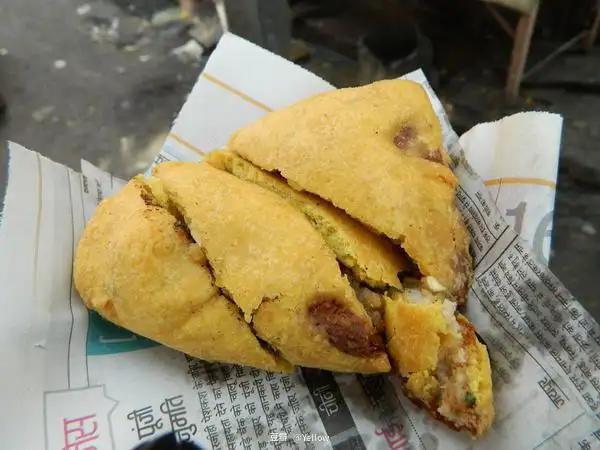Packaging food and health with scrap books
Buying, selling or storing food, often using waste books and newspapers as packaging materials. The lead characters on books and newspaper pages are printed with ink, and most of the printing inks currently used are benzene compounds as the basic raw material, and some ink formulations also introduce PVC paste resin.
Benzene, toluene, xylene are all toxic substances, and polychlorinated biphenyls produced by polyvinyl chloride in the process of processing into inks are also toxic. The average amount of polychlorinated biphenyls contained in waste books, newspapers and recycled paper was 0.1 to 1.0ppm.
PcBs have a chemical structure similar to DDT, a class of compounds that contain unequal amounts of chlorine atoms and benzene rings. Diphenyl chlorides and certain triphenyl chlorides can contaminate food. The chemical properties of this substance are quite stable, once contaminated food, water washing and heating can not be removed, with food into the human body, and it is very easy to be absorbed by tissue fat, brain, liver and deposited without the action of enzymes and hydrolysis, so it is difficult to excrete from the body. According to experimental studies, when the body ingests or accumulates stock reaches 0. When it is 5 to 2 grams, it will cause poisoning.
PCBs can cause human cell mutation, cause reversible steatosis of the liver, and destroy human cellular genes. After a poisoned woman conceives, it can cause the baby's skin to darken, wrinkles, muscle stiffness, weight loss and other metamorphosis.
Milk containing PCBs is ingested into the body by infants, which further affects the normal growth of young children. Adult poisoning, eyelid puffiness, palm sweating, red bumps around the body, nausea and vomiting, liver function abnormalities, muscle pain and other symptoms, severe cases can cause death shock the world's typical poisoning cases, is the rice bran oil incident that occurred in Japan in 1968: a manufacturer of edible oil, using polychlorinated biphenyl as a heat carrier, resulting in rice lemon oil contamination, resulting in 13,000 poisoning, some deaths; Another 100,000 turkeys died of poisoning from eating the by-product of this rice bran oil.
It can be seen that the harm to human health and life of newspaper pages packaging food containing ink, especially raw and cooked foods containing fat, cannot be ignored. In addition to the threat of PCB contamination, scrapbooks often pose another kind of contamination of food, namely contamination of food by bacteria, viruses and disease-causing eggs attached to paper.
The health and epidemic prevention department verified that an old newspaper contained more than 20 kinds of pathogenic bacteria, insect eggs and viruses such as tuberculosis, typhoid fever, diphtheria, hepatitis, enteritis, and in-law eggs. A 32-open old book was sampled and more than 1.5 million pieces of various fine books were found. It can be seen that packaging food with old books and newspapers, this pollution leads to a greater threat to disease.
In order to reduce the contamination of food before it is imported, food stores, families, food stall vendors and hantang should not use old books and newspapers as food packaging materials, especially not to package cooked food and greasy food.
